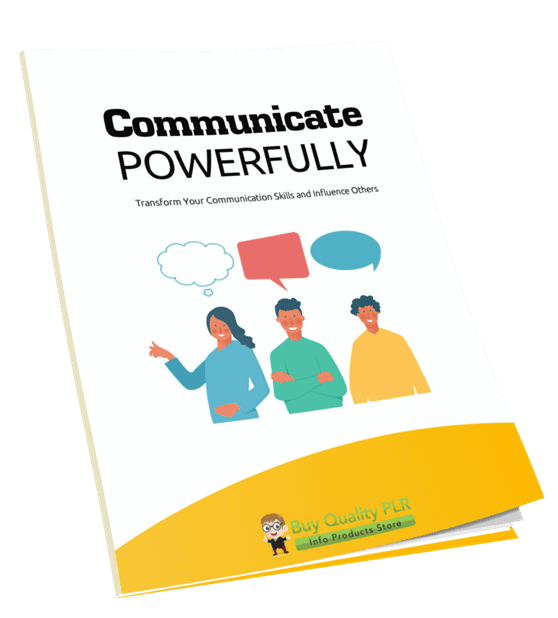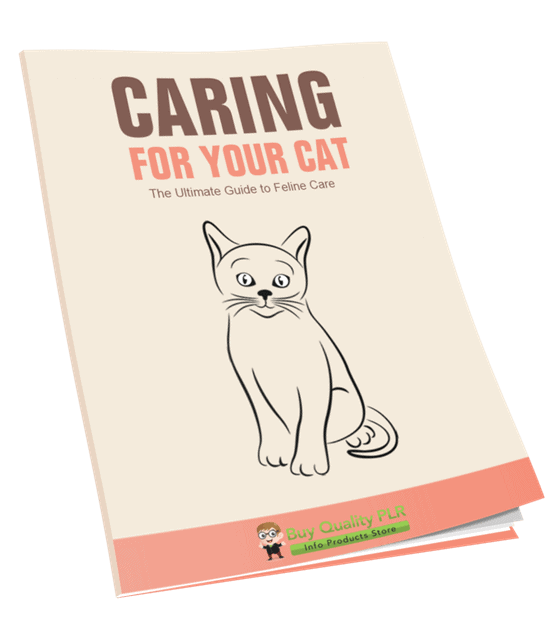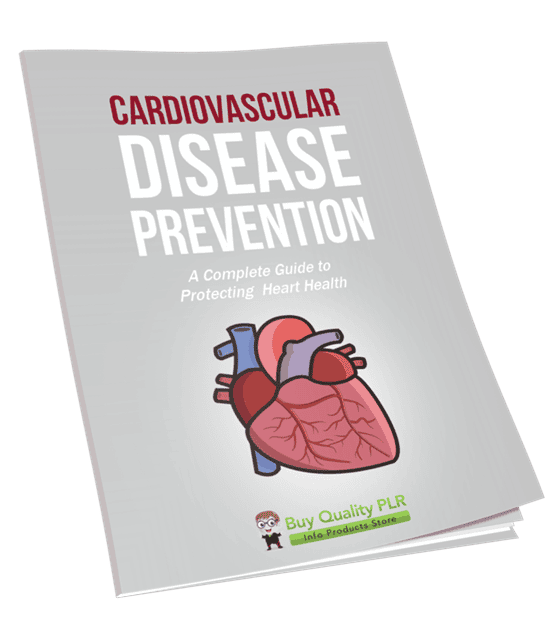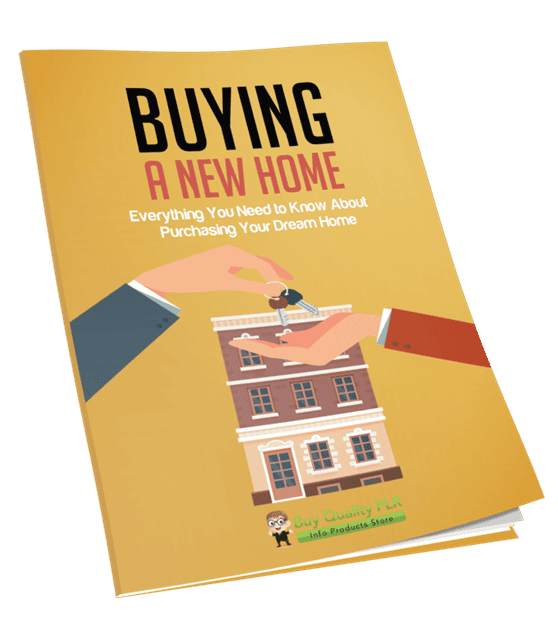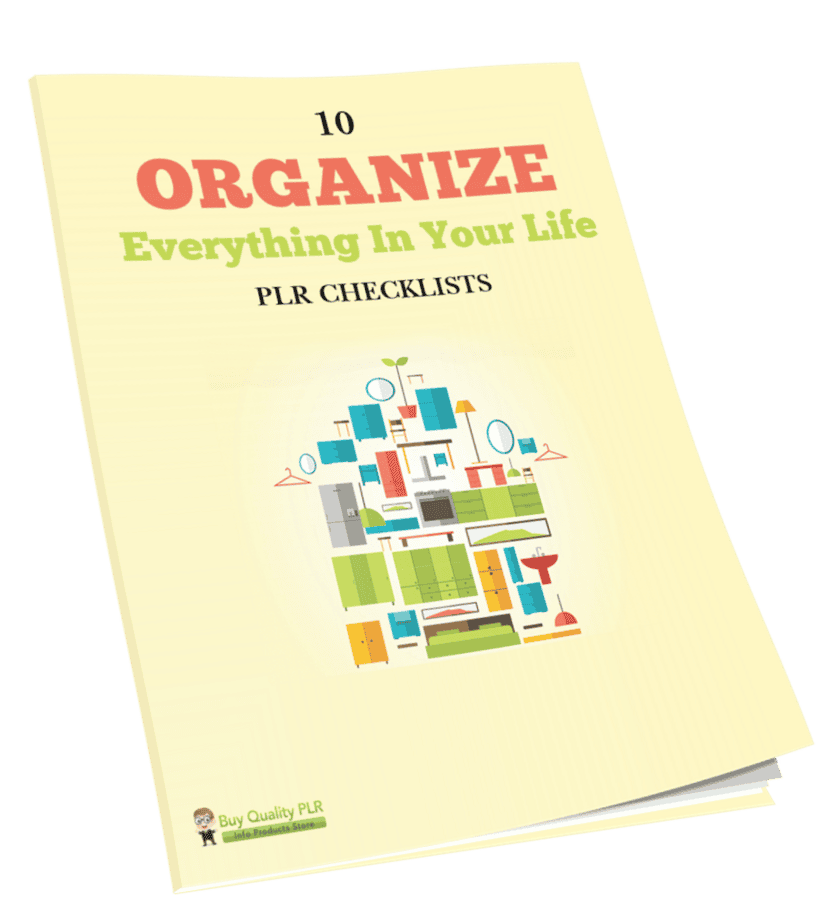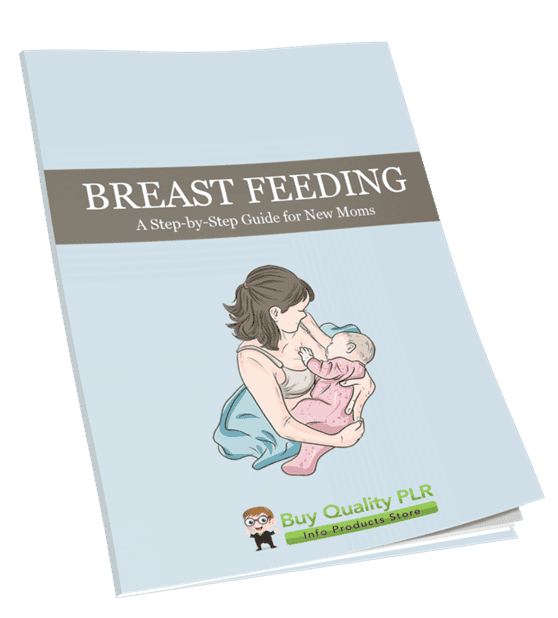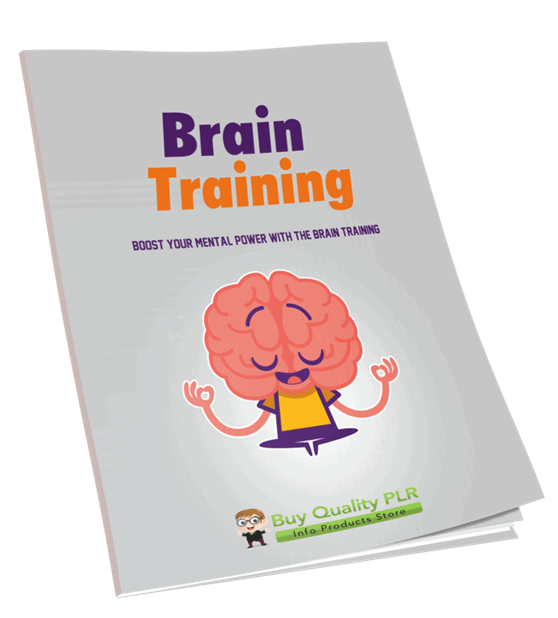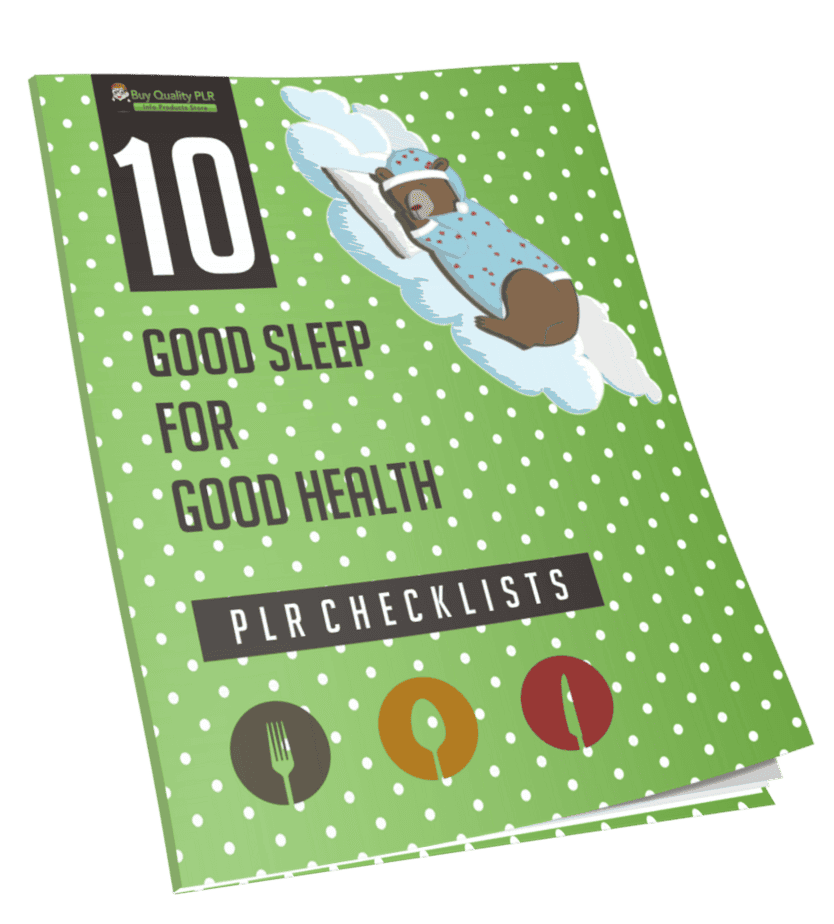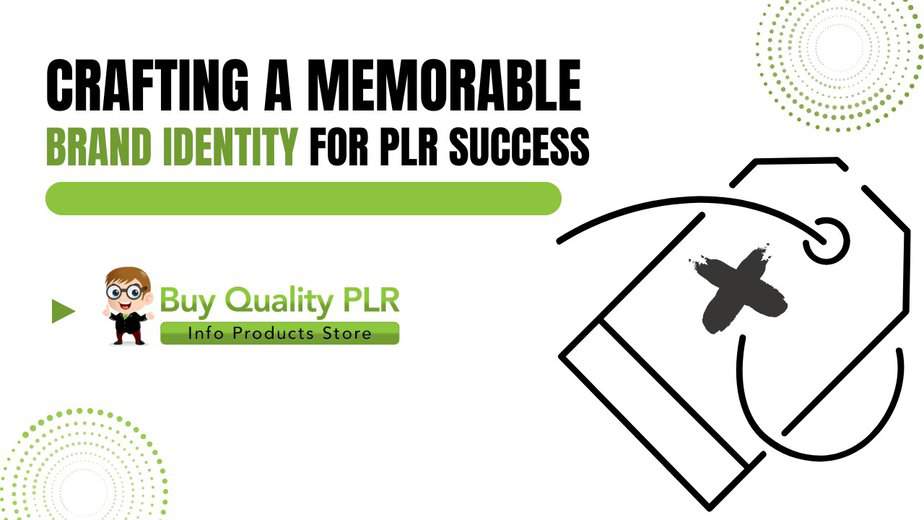
Crafting a Memorable Brand Identity for PLR Success
in Internet Marketing, PLR Course, PLR Marketing Tools, PLR Rebranding#brandidentity #brandidentitycrafting #branding #rebranding #plrsuccess #memorablebranding #targetaudience #brandsuccess #successfulbranding
Introduction: Crafting Your PLR Brand: A Recipe for Success
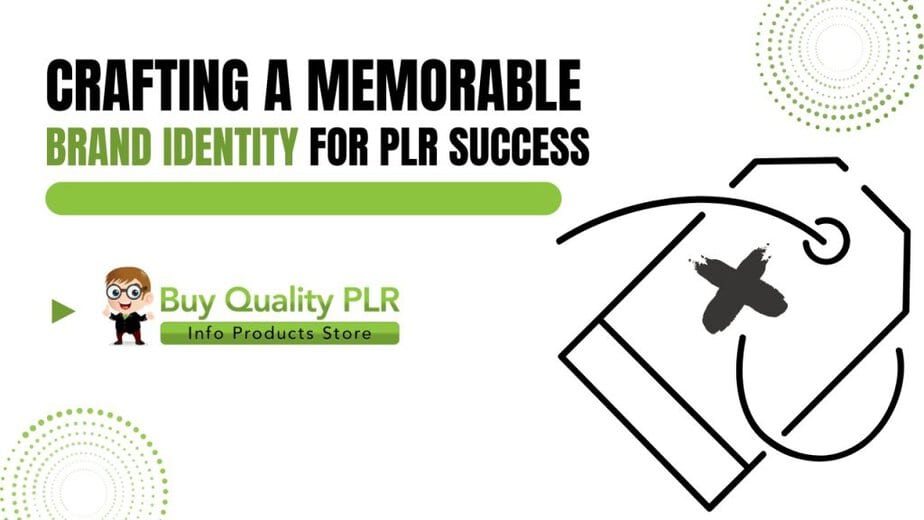
In the bustling marketplace of PLR (Private Label Rights) products, standing out is essential. A strong brand identity is your secret weapon to distinguish your offerings, build trust with your audience, and ultimately boost your sales. This guide will walk you through the step-by-step process of creating a memorable and impactful brand identity that resonates with your target audience and sets you up for PLR success.
Why Brand Identity Matters for PLR Sellers
Consider your brand identity to be your business’s personality. It’s about how your audience perceives you, the emotions they associate with your products, and the values they believe you represent. A well-crafted brand identity can differentiate between a one-time buyer and a loyal customer who repeatedly chooses your products.
In the PLR space, where similar products abound, a strong brand identity becomes even more crucial. It allows you to differentiate yourself from competitors, establish credibility, and build a loyal following. A recognizable brand not only attracts customers but also commands premium pricing and fosters long-term success.
Understanding Your Target Audience: The Heart of Your PLR Brand
To build a brand that resonates, you need to know your audience inside and out. This goes beyond just knowing their age or location; it’s about understanding their deepest desires, their burning pain points, and what makes them tick. By identifying your ideal customer, you’ll be able to create profitable PLR products that speak directly to them, increasing their engagement and loyalty.
Defining Your Ideal Customer
Consider your ideal customer to be a genuine person. Give them a name, an age, and a profession. Imagine their lifestyle, their struggles, and their aspirations. Consider:
- Demographics: Age, gender, location, income level, education, occupation
- Psychographics: Interests, values, beliefs, personality, lifestyle
- Pain Points: What challenges are they facing? What problems do they need to solve?
- Goals and Desires: What are they hoping to achieve? What aspirations do they have?
- Buying Behavior: Where do they shop online? What kind of content do they consume?
By creating a detailed profile of your ideal customer, you’ll gain a deeper understanding of their needs and motivations. This information is crucial for crafting targeted marketing messages, developing relevant products, and building a brand that truly connects with your audience.
Researching Your Competitors
Understanding your competition is just as important as knowing your audience. By analyzing your competitors’ branding strategies, you can
- Identify Opportunities: Discover gaps in the market that you can fill with your unique offerings.
- Differentiate Yourself: Find ways to stand out from the crowd and offer something unique and valuable.
- Learn from Their Successes and Mistakes: To refine your own strategy, analyze what works and what doesn’t in their branding.
Look at their logos, color schemes, messaging, and overall brand voice. What do they do well? What could they improve? Use this information to inform your own branding decisions and create a competitive advantage.
By combining a deep understanding of your target audience with a thorough analysis of your competitors, you’ll be well-equipped to craft a brand identity that resonates with your ideal customers and sets you apart in the PLR marketplace.

Developing Your Brand’s Visual Identity: The Face of Your PLR Business
Your brand’s visual identity is your silent salesperson, working tirelessly to make a lasting impression on your audience. It’s the first thing potential customers notice, and it sets the tone for their entire experience with your brand. In the PLR space, where content is often similar, a strong visual identity can be the deciding factor that differentiates you from the competition and attracts loyal customers.
1. Logo Design:
Your logo is the cornerstone of your brand’s identity. It’s a visual representation of your values, mission, and unique personality. A memorable logo should be:
- Simple: Easy to recognize and remember, even in small sizes.
- Relevant: Reflect on your niche and the types of PLR products you offer.
- Versatile: Work well across various platforms and mediums, from your website to social media graphics.
- Timeless: Avoid trendy designs that may quickly become outdated.
Consider hiring a professional designer if you lack the expertise or time to create a logo yourself.
2. Color Palette:
Colors evoke emotions and play a crucial role in shaping brand perception. Your color palette should:
- Align with Your Brand Personality: Choose colors that reflect the emotions and values you want to convey. For example, blue conveys trust and stability, while orange represents energy and creativity.
- Be Visually Appealing: Select colors that are aesthetically pleasing and complement each other well.
- Consider Cultural Context: When targeting international markets, be mindful of the color symbolism in different cultures.
3. Typography:
The fonts you choose for your brand can communicate subtle messages about your personality and style.
- Legibility: Prioritize legibility over fancy fonts. Choose fonts that are simple to read, even in small sizes.
- Brand Alignment: Select fonts that align with your brand’s overall aesthetic and personality.
- Hierarchy: Use different font weights and sizes to create a clear hierarchy in your text.
4. Imagery and Graphics:
Images and graphics play a vital role in communicating your brand message and creating a visual identity.
- High-Quality: Use high-resolution images that are sharp and clear.
- Relevance: Select images and graphics that are relevant to your niche and intended audience.
- Consistency: Maintain a consistent visual style across all your marketing materials and platforms.
- Originality: Avoid using generic stock photos. Instead, opt for unique visuals that truly represent your brand.
By carefully crafting each element of your visual identity, you can create a cohesive and memorable brand that resonates with your audience and sets you apart in the competitive PLR market. A strong visual identity not only attracts customers but also builds trust, credibility, and brand loyalty, ensuring the long-term success of your PLR business.

Crafting Your Brand Message: Words That Build Your Empire
Beyond visuals, your brand’s messaging plays a pivotal role in communicating your values, connecting with your audience, and ultimately driving sales. A well-crafted message differentiates you from the competition and creates a lasting impression on your customers.
1. Brand Voice and Tone:
- Define Your Personality: Imagine your brand as a person. Are they friendly and approachable? Authoritative and knowledgeable? Quirky and fun? Choose adjectives that describe your brand’s personality, and let those guide your voice.
- Consistent Tone: Whether it’s casual, formal, conversational, or professional, maintain a consistent tone across all communication channels. This creates a cohesive brand experience for your audience.
- Know Your Audience: Tailor your tone and language to your target audience’s preferences and expectations. A younger audience might respond well to a casual and playful tone, while a professional audience might prefer a more formal approach.
2. Tagline or Slogan:
- Memorable and Catchy: Craft a short, memorable phrase that captures the essence of your brand and what you offer.
- Reflect Your Value Proposition: Your tagline should communicate the unique value or benefit that your PLR products provide.
- Consistency: Use your tagline consistently across all your marketing materials and platforms to reinforce your brand message.
3. Unique Selling Proposition (USP):
- What Sets You Apart? Clearly define what distinguishes your PLR products from the competition. Is it your unique niche focus, exceptional quality, additional resources, or outstanding customer service?
- Communicate Your USP: Weave your USP into your product descriptions, sales pages, and marketing messages to highlight what makes you the best choice for your target audience.
Additional Tips for Crafting Effective Brand Messaging:
- Tell Your Story: Share your brand’s story, mission, and values to connect with your audience on a deeper level.
- Use Customer Testimonials: Showcase positive feedback from satisfied customers to build trust and credibility.
- Stay Consistent: Maintain consistency in your messaging across all platforms, from your website and social media to email communication and customer support interactions.
- Evolve with Your Audience: Review and update your brand messaging on a regular basis to ensure that it remains relevant and resonates with your changing audience.
By investing time and effort into crafting a clear, concise, and compelling brand message, you can leave a lasting impression on your audience and build a loyal following of customers who are eager to engage with your brand and purchase your PLR products.

Building Your Brand Story: The Narrative That Connects and Captivates
In a world overflowing with information, a compelling brand story can be the key to capturing your audience’s attention and fostering a deep connection. It goes beyond merely listing your products and services; it’s about sharing your journey, values, and mission in a way that resonates with your customers on a personal level.
The Importance of Storytelling
Humans are wired for stories. We connect with narratives that evoke emotions, inspire action, and make us feel part of something bigger than ourselves. A well-crafted brand story can do just that, transforming your PLR business from a faceless entity into a relatable and trustworthy partner.
By sharing your story, you:
- Humanize your brand: People connect with people, not just products. Sharing your journey, challenges, and successes makes your brand more relatable and approachable.
- Establish trust and credibility: Authenticity breeds trust. Being transparent about your values and mission helps your audience trust your brand.
- Differentiate yourself: In a saturated market, a unique and compelling story sets you apart. It creates a lasting impression and helps your brand stay memorable.
Elements of a Strong Brand Story
A compelling brand story typically includes the following elements:
- Origin Story: How did your business start? What inspired you to create your PLR products?
- Mission and Values: What are you passionate about? What problems do you aim to solve? What values guide your business practices?
- Challenges and Triumphs: What obstacles have you overcome? What milestones have you achieved?
- Customer Success Stories: How have your PLR products helped your customers? Share testimonials or case studies that demonstrate the positive impact you’ve made.
- Future Vision: Where do you see your brand heading? What are your aspirations for the future?
Sharing Your Story
Don’t keep your story hidden away. Share it across all your platforms:
- Website and Blog: Create a dedicated “About Us” or “Our Story” page on your website. Share your journey through blog posts, articles, or even a video series.
- Social Media: Share snippets of your story, behind-the-scenes glimpses, and customer testimonials on social media platforms.
- Marketing Materials: Incorporate your brand story into your product descriptions, sales pages, and email marketing campaigns.
Keep in mind that your brand story is about how you serve and connect with your audience. By weaving a compelling narrative that showcases your values, mission, and the positive impact you’ve made, you can create a loyal community of customers who believe in your brand and are eager to support your growth.
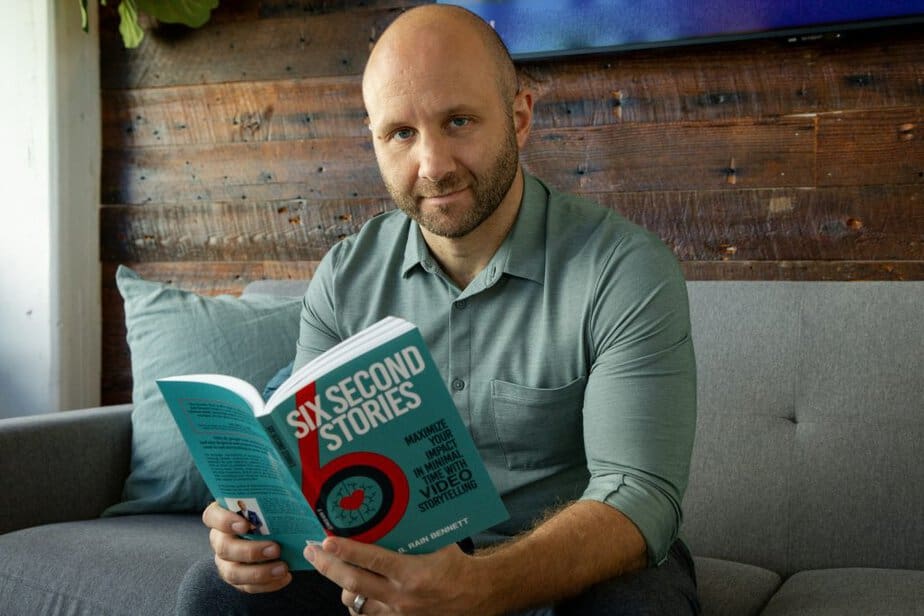
Maintaining Consistency Across Platforms: Building a Unified Brand Experience
Your brand’s presence extends beyond just a logo or a tagline; it encompasses every interaction your audience has with your business. Maintaining consistency across all platforms is crucial for reinforcing your brand identity, building trust, and creating a seamless experience for your customers.
1. Website and Blog:
Your website and blog serve as the central hub for your PLR business. Ensure that your visual identity (logo, colors, and fonts) is prominently displayed and consistently applied across all pages. Craft blog posts and articles that align with your brand voice, offering valuable insights and promoting your PLR products in a way that feels natural and authentic.
2. Social Media Profiles:
Each social media platform has its own unique style and audience, but your brand’s essence should remain consistent. Use the same profile picture and cover image across all platforms, and ensure your bios and posts reflect your brand’s voice and values. Share content that aligns with your brand identity and engages your followers in a meaningful way.
3. Email Marketing:
Your email newsletters and campaigns should be an extension of your brand. Use consistent branding elements, including your logo, colors, and fonts. Craft email copy that reflects your brand voice and provides value to your subscribers.
4. Product Listings and Sales Pages:
When listing your PLR products on marketplaces or your own website, ensure that the product descriptions, images, and overall presentation align with your brand identity. Use consistent language, visuals, and calls to action to create a cohesive experience for potential buyers.
5. Customer Service Interactions:
Whether it’s through email, social media, or live chat, your customer service interactions should reflect your brand’s values and commitment to providing excellent support. Maintain a consistent tone of voice, promptly address customer inquiries, and go above and beyond to ensure their satisfaction.
Tips for Maintaining Consistency:
- Create a Brand Style Guide: Develop a comprehensive brand style guide that outlines your logo usage, color palette, typography, voice, and messaging guidelines. Share this guide with your team or any freelancers you work with to ensure everyone is on the same page.
- Use Templates: Create templates for social media posts, email newsletters, and product descriptions to maintain consistency and save time.
- Regularly Audit Your Platforms: Periodically review your website, social media profiles, and other marketing materials to ensure they align with your brand guidelines.
- Train Your Team: If you have a team, educate them on your brand identity, and provide them with the tools and resources they need to maintain consistency.
By maintaining a cohesive and consistent brand presence across all platforms, you’ll create a memorable and trustworthy image that resonates with your audience and drives long-term success. Your brand is more than a logo—it’s an experience you give customers, and consistency is key to delivering it.
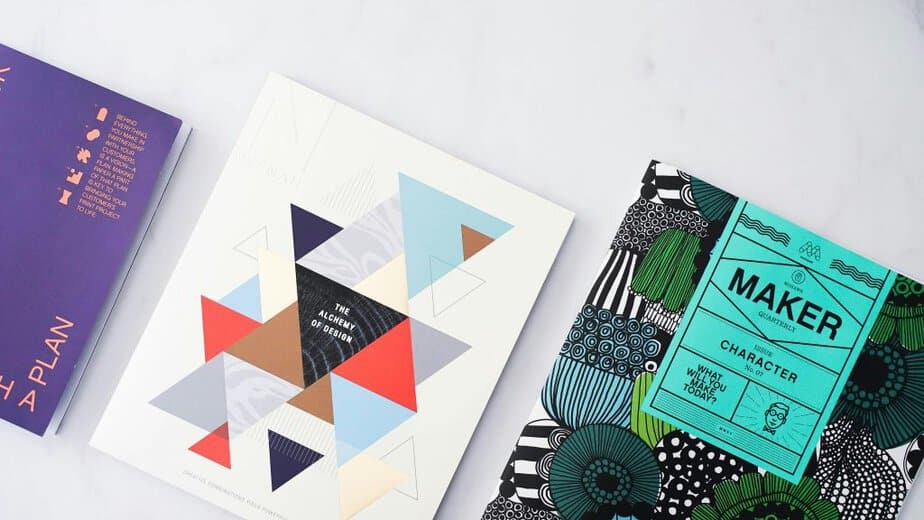
Nurturing Your Brand: Measurement and Evolution for Sustained Success
Building a strong brand identity is not a one-and-done task. It’s an ongoing process that requires continuous monitoring, evaluation, and adaptation to ensure your brand remains relevant and resonates with your evolving audience.
Tracking Brand Awareness:
- Social Media Analytics: Utilize social media analytics tools to track metrics like follower growth, engagement rates, and reach. This data demonstrates the recognition and resonance of your brand across multiple platforms.
- Website Analytics: Monitor your website traffic, including page views, bounce rates, and time on site. This helps you understand how well your brand is attracting and retaining visitors.
- Surveys and Feedback: To gather feedback from your audience, conduct regular surveys or polls. Ask about their brand perception, preferences, and possible improvements.
Monitoring Customer Feedback:
- Reviews and Testimonials: Pay close attention to customer reviews and testimonials on your website, social media, or other platforms. These provide valuable insights into how customers perceive your brand and products.
- Social Listening: Monitor social media conversations and mentions of your brand. This allows you to gauge sentiment, identify areas for improvement, and address any customer concerns promptly.
Adapting to Changes and Trends:
- Stay Informed: Keep up with the latest industry trends, changes in consumer behavior, and emerging technologies. This helps you anticipate shifts in the market and adapt your brand identity accordingly.
- Refine Your Message: Regularly review and update your brand messaging to ensure it remains relevant and resonates with your evolving audience.
- Experiment and Innovate: Don’t be afraid to try new things. Experiment with different marketing strategies, content formats, or visual elements to see what resonates best with your audience.
By consistently monitoring and evaluating your brand identity, you can gain valuable insights into how your audience perceives your brand and make necessary adjustments to stay relevant and competitive. Remember, a strong brand is not static; it evolves and grows alongside your business.
Remember: Your brand is your most valuable asset. By nurturing it through consistent monitoring, evaluation, and adaptation, you can ensure its longevity and continued success in the ever-changing PLR market.

Conclusion: Unleash Your PLR Brand’s Full Potential
By now, you’re well-equipped with the knowledge and strategies to craft a memorable brand identity that resonates with your audience and sets you apart in the PLR marketplace. Remember, your brand is more than just a logo or a tagline; it’s the emotional connection you forge with your customers, the values you represent, and the unique experience you deliver.
Taking the Next Step: Branding and Marketing Tools to Empower Your PLR Success
To bring your brand vision to life and streamline your marketing efforts, consider leveraging these powerful tools:
Design Tools:
- Canva: This user-friendly design platform empowers you to create stunning visuals, including logos, social media graphics, ebook covers, and more, even without design experience.
- Microsoft Word/Google Docs: These versatile word processors are essential for crafting compelling product descriptions, sales pages, and other marketing materials.
- Pixel Studio FX 3.0 and eCover Authority: These tools specialize in creating eye-catching 3D eCovers and mockups that enhance the visual appeal of your PLR products.
- Pixelied: This online image editor offers a range of features to optimize your visuals, ensuring they are high-quality and professional-looking.
Email Marketing Platforms:
- GetResponse: A comprehensive email marketing platform with features like automation, segmentation, landing pages, and webinars.
- AWeber: A popular email marketing service known for its ease of use and robust features, including autoresponders, email templates, and analytics.
Social Media Management Tools:
- Social Champ: This tool simplifies social media scheduling, content curation, and analytics across multiple platforms.
- Sociamonials: A platform designed to help you collect and showcase customer testimonials and reviews on your website and social media.
- Hootsuite: A comprehensive social media management tool that allows you to schedule posts, monitor mentions, and track performance across various platforms.
Sales Funnel Builders:
- System.io: This all-in-one marketing platform simplifies the creation of sales funnels, email campaigns, and affiliate programs.
- GrooveFunnels: A robust platform for building high-converting sales funnels, websites, and membership sites.
By utilizing these tools and staying committed to building a strong and consistent brand identity, you’ll create a lasting impression on your audience and foster a loyal following of customers who eagerly anticipate your next PLR offering.
Now, it’s your turn to shine. Take action today and start crafting the PLR brand that will propel you toward success!
Click here to find more guides on making money and editing PLR Products.


